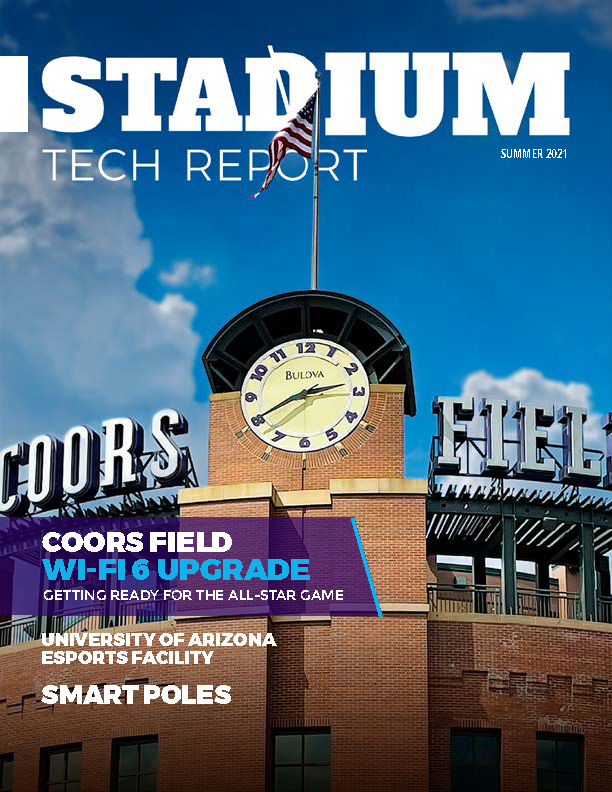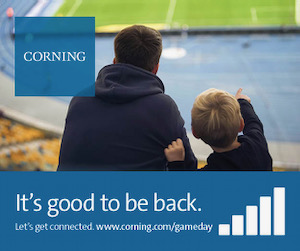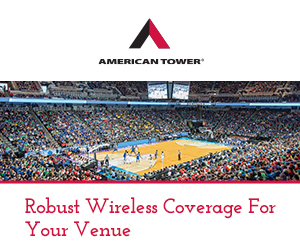The Sept. 12 Monday Night Football game, a 28-0 win for the Niners over the visiting Los Angeles Rams, was well below the 10.1-TB mark recorded during Super Bowl 50, held at Levi’s Stadium back in February. Still, the 2.76 TB is a healthy regular-season game mark, with 16,681 unique users of the Wi-Fi network as well as a maximum concurrent number of users of 11,987.
The Niners also added some interesting new social twists to the Levi’s Stadium experience this year, including the ability for fans to use the stadium app to respond to poll questions (like voting on the next song to be played during timeouts) posted on the stadium’s large digital displays. While it’s not known if the feature was used during the regular season opener, according to the network team 30,000 fans participated in big-board polls during the Niners’ preseason game on Aug. 26 versus the Green Bay Packers. Full stats from the Niners networking team below.














